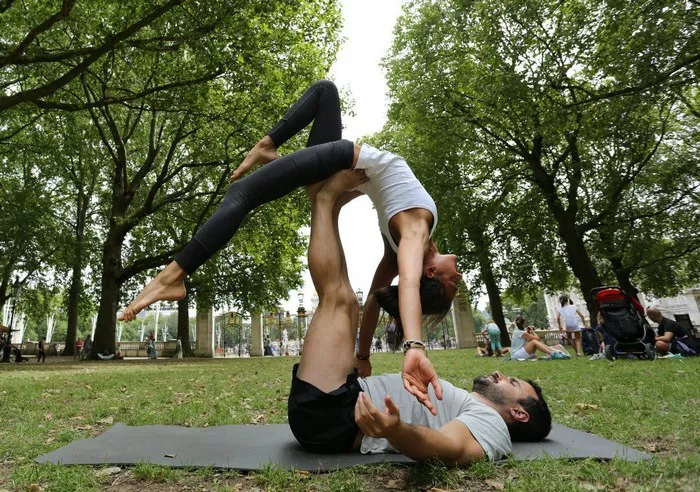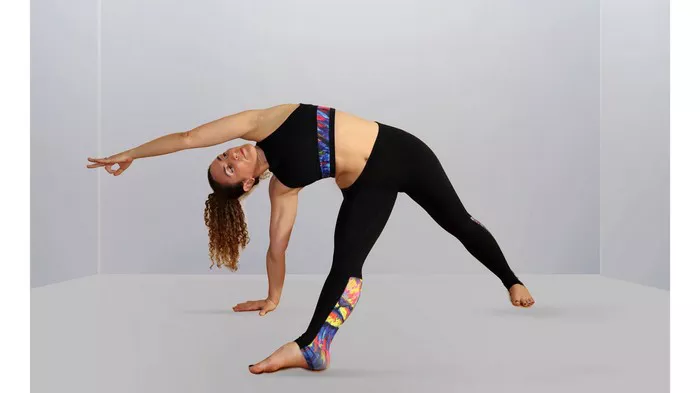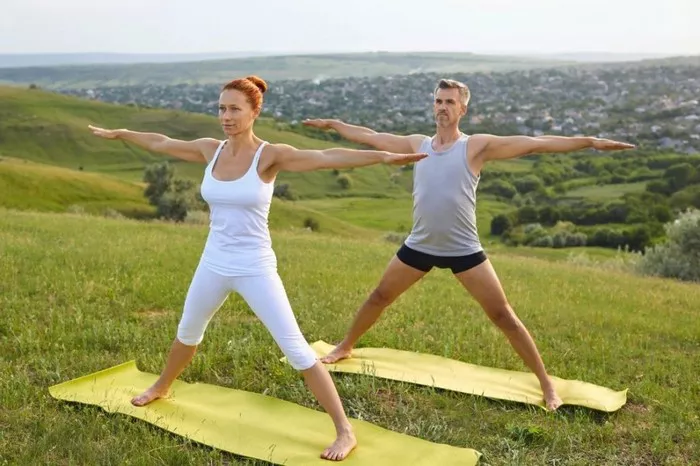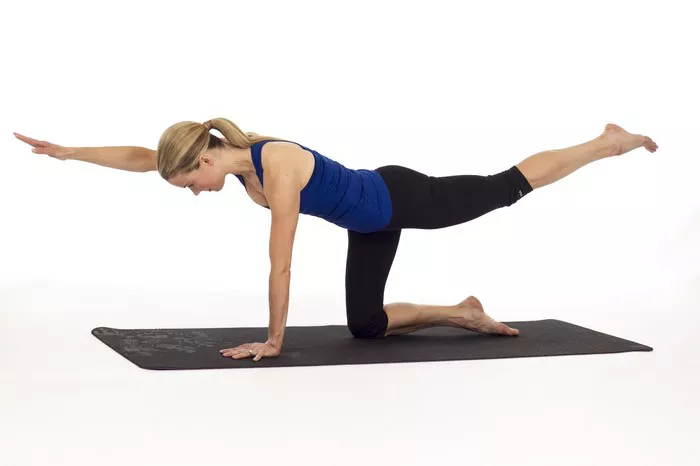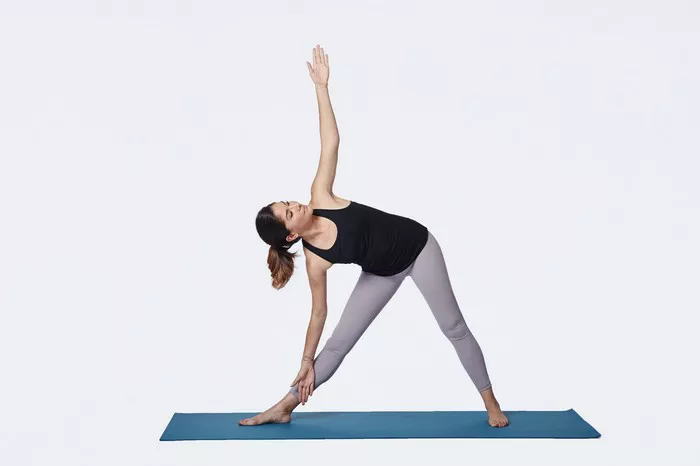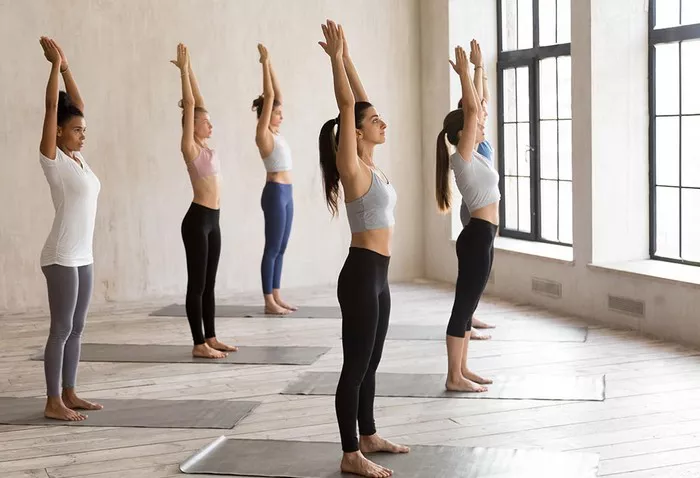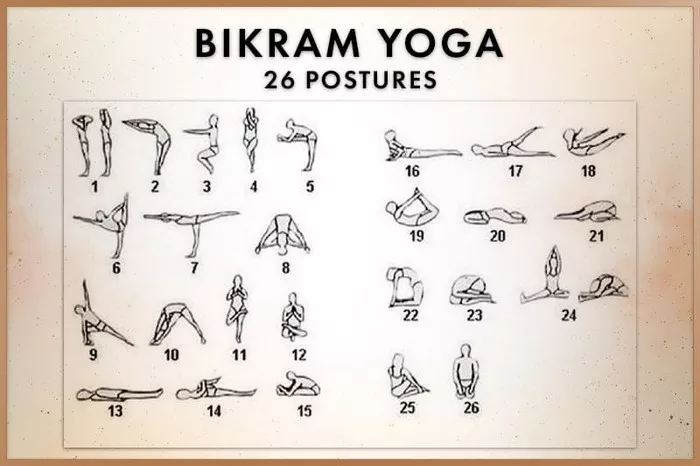In the realm of yoga, there exists a captivating fusion of acrobatics and traditional yoga known as Acro Yoga. This dynamic practice combines elements of yoga, acrobatics, and Thai massage, requiring collaboration, trust, and communication between partners. Acro Yoga poses, characterized by their intricate balance and graceful movements, offer a unique avenue for practitioners to deepen their practice and cultivate a sense of connection with others. In this article, we delve into the world of Acro Yoga poses, exploring their intricacies, benefits, and the essential techniques for mastering them.
Understanding the Fundamentals
Before embarking on the journey of Acro Yoga poses, it’s essential to grasp the fundamental principles underlying this practice. At its core, Acro Yoga emphasizes trust, communication, and mutual support between partners. Practitioners work together to achieve balance, strength, and flexibility through coordinated movements and precise alignment.
The foundation of Acro Yoga lies in the connection between the base and the flyer. The base, typically positioned on the ground, provides stability and support, while the flyer, elevated above the base, maintains balance and engages in various poses. A spotter, if present, assists in ensuring safety and stability during transitions and poses.
Exploring Acro Yoga Poses
1. Bird Pose (or Throne Pose)
- Description: In this foundational Acro Yoga pose, the flyer sits on the feet or thighs of the base, extending their arms out to the sides for balance. The base supports the flyer’s weight while maintaining a stable seated position.
- Technique: The base begins in a seated position with legs extended, forming a stable platform for the flyer. The flyer places their hands on the base’s knees or shoulders before gently lifting their feet off the ground, finding balance in the seated position.
- Tips: Communication between partners is crucial for maintaining balance and stability. The base should engage their core muscles and maintain a steady foundation, while the flyer focuses on maintaining a relaxed but engaged posture.
2. Star Pose
- Description: In this dynamic Acro Yoga pose, the flyer extends their body into a star shape, supported by the base’s hands or feet. The flyer maintains an open chest and extended limbs, creating a visually striking pose.
- Technique: The base begins in a supine position, extending their arms and legs upwards to provide a platform for the flyer. The flyer transitions from a seated position to extend their body horizontally, finding balance with the base’s support.
- Tips: Clear communication and trust between partners are essential for achieving and maintaining the star pose. The flyer should focus on distributing their weight evenly and engaging their core muscles, while the base provides steady support and adjusts as needed to maintain balance.
3. Backbird Pose
- Description: In this playful Acro Yoga pose, the flyer rests on the base’s feet or ankles, extending their arms overhead to form a backbend. The base supports the flyer’s weight while maintaining a stable position on the ground.
- Technique: The base lies on their back with knees bent, placing their feet or ankles near the flyer’s hips. The flyer gently leans back, allowing the base to support their weight as they extend their arms overhead and arch their back into a backbend.
- Tips: Both partners should communicate clearly throughout the pose, with the flyer providing feedback on the level of stretch and comfort. The base should maintain a firm grip and stable position to support the flyer’s backbend safely.
4. Floating Paschi
- Description: In this advanced Acro Yoga pose, the flyer balances in a folded position on the base’s feet, with the base supporting the flyer’s weight and facilitating the balance.
- Technique: The base begins in a supine position, extending their legs upwards to provide a platform for the flyer. The flyer folds their body forward, resting their hands on the base’s feet or ankles while balancing in a compact position.
- Tips: Precision and focus are crucial for achieving the floating paschi pose. The flyer should maintain a tight, folded position while the base provides steady support and adjusts as necessary to maintain balance. Practitioners may benefit from starting with simpler poses before progressing to more advanced variations.
Mastering Acro Yoga Poses
Mastering Acro Yoga poses requires dedication, practice, and a willingness to explore and challenge oneself. Here are some essential tips for practitioners seeking to deepen their understanding and proficiency in Acro Yoga:
1. Build Trust and Communication: Establishing trust and clear communication between partners is essential for safety and success in Acro Yoga. Take the time to develop rapport with your partner and communicate openly about intentions, preferences, and feedback during practice.
2. Focus on Alignment and Technique: Pay close attention to alignment and technique in each Acro Yoga pose. Both the base and flyer should strive for proper alignment to ensure stability, balance, and safety. Engage core muscles, maintain steady breath, and focus on maintaining a strong connection between partners.
3. Progress Gradually: Acro Yoga poses vary in complexity and difficulty, so it’s essential to progress gradually according to your skill level and comfort. Start with foundational poses and gradually challenge yourself with more advanced variations as your strength, flexibility, and confidence grow.
4. Practice Mindfulness and Presence: Cultivate mindfulness and presence during Acro Yoga practice to deepen your connection with yourself and your partner. Stay present in the moment, focus on your breath, and remain attuned to subtle cues and sensations in your body and your partner’s.
5. Seek Guidance and Support: Consider seeking guidance from experienced Acro Yoga instructors or attending workshops and classes to refine your technique, learn new poses, and connect with the broader Acro Yoga community. Surround yourself with supportive partners and fellow practitioners who can offer encouragement and guidance along your journey.
Conclusion
Acro Yoga poses offer a captivating blend of balance, strength, and grace, inviting practitioners to explore the realms of collaboration, trust, and connection. By delving into the intricacies of Acro Yoga poses, cultivating essential skills, and embracing the journey of exploration and growth, practitioners can unlock new dimensions of their practice and deepen their sense of connection with themselves and others. With dedication, practice, and an open heart, the journey of Acro Yoga unfolds as a transformative and enriching experience.

